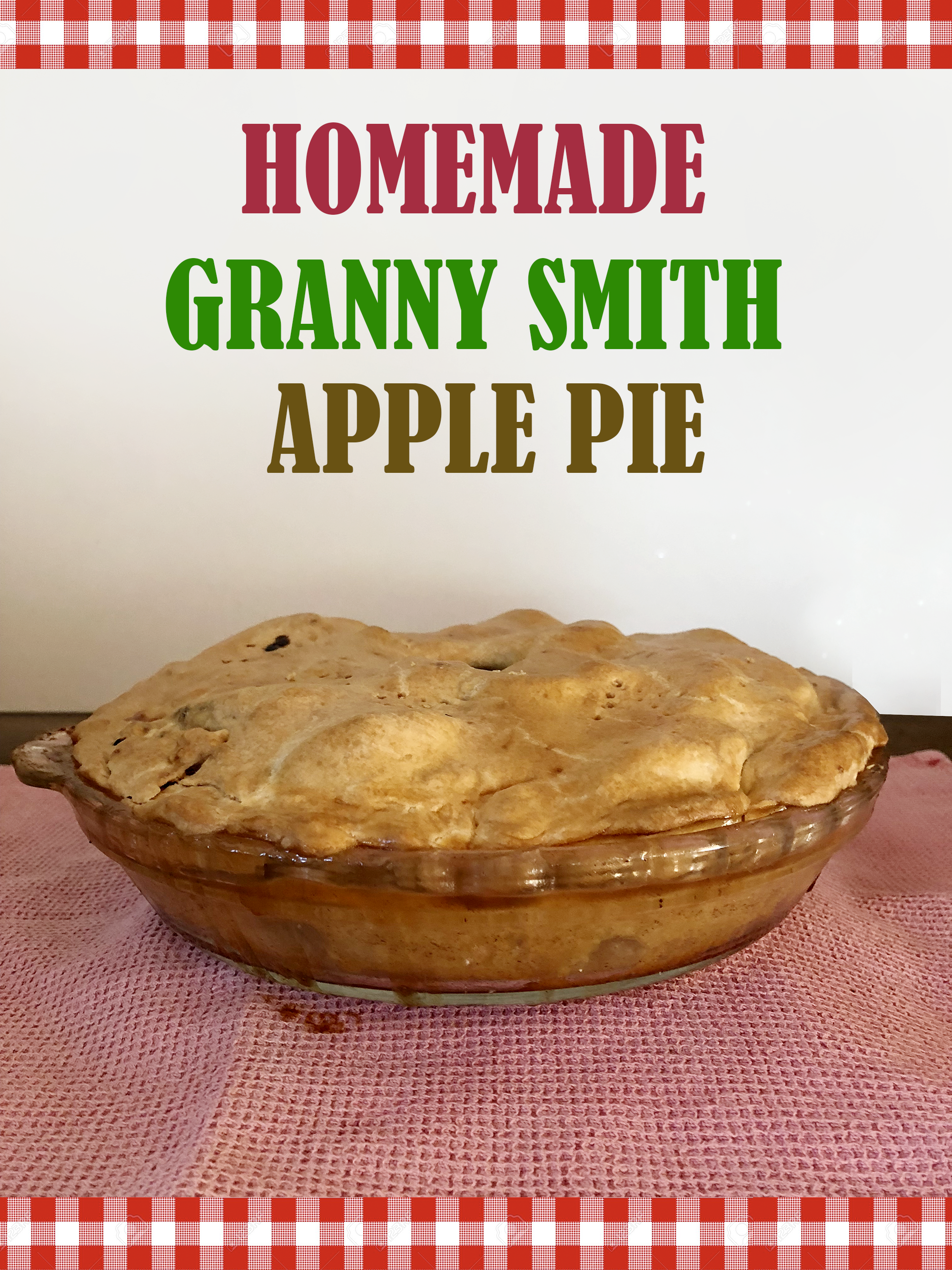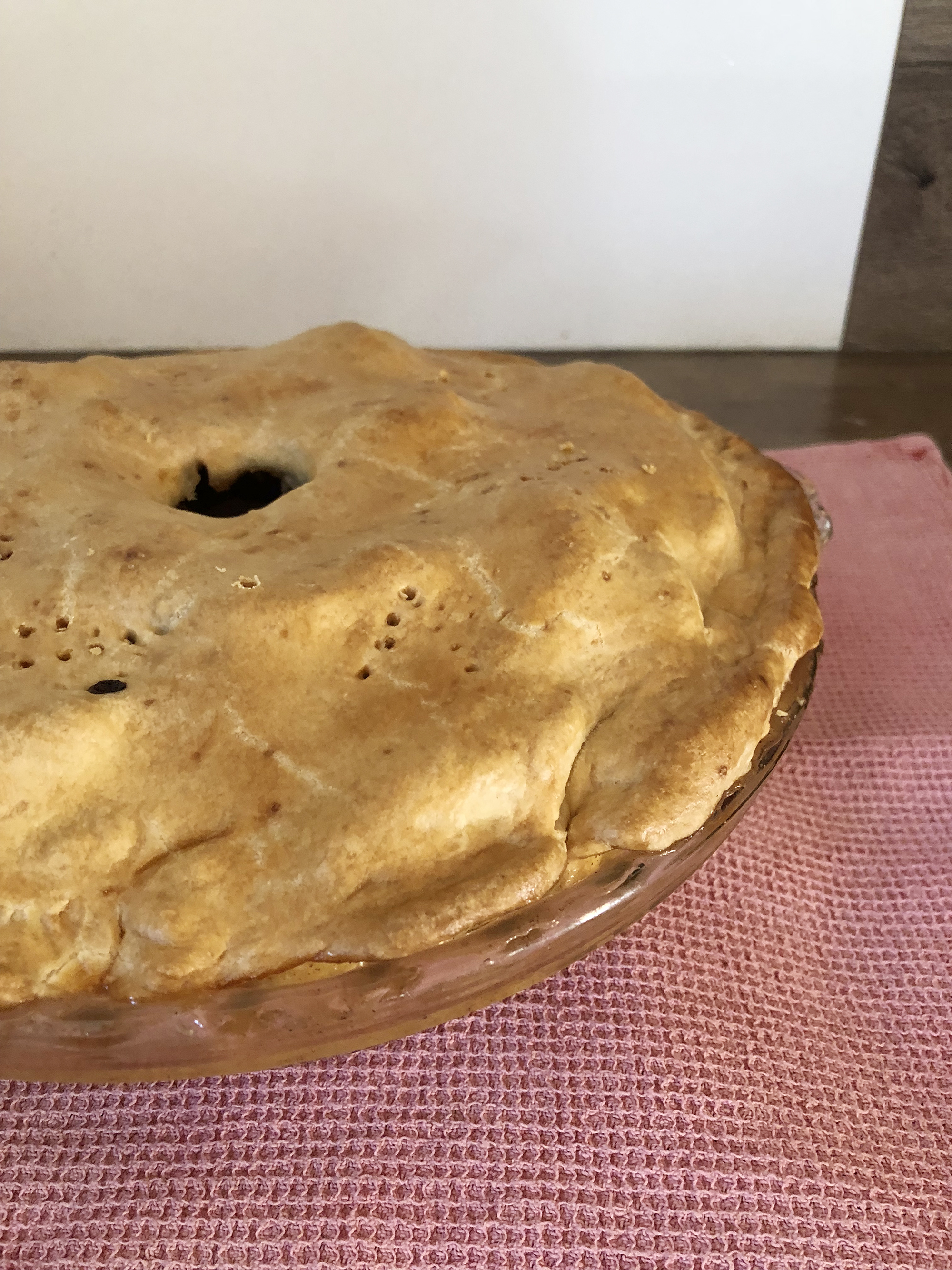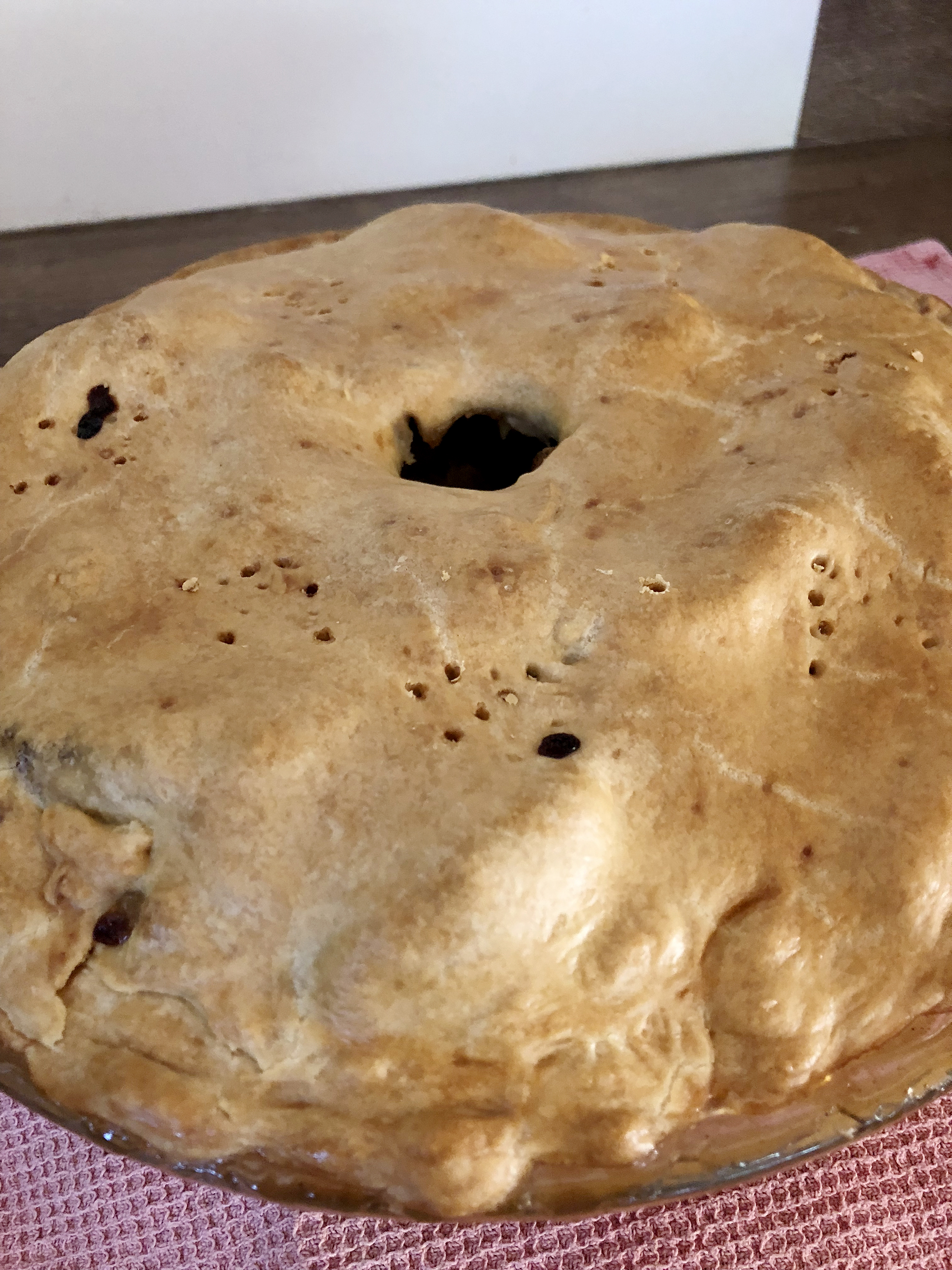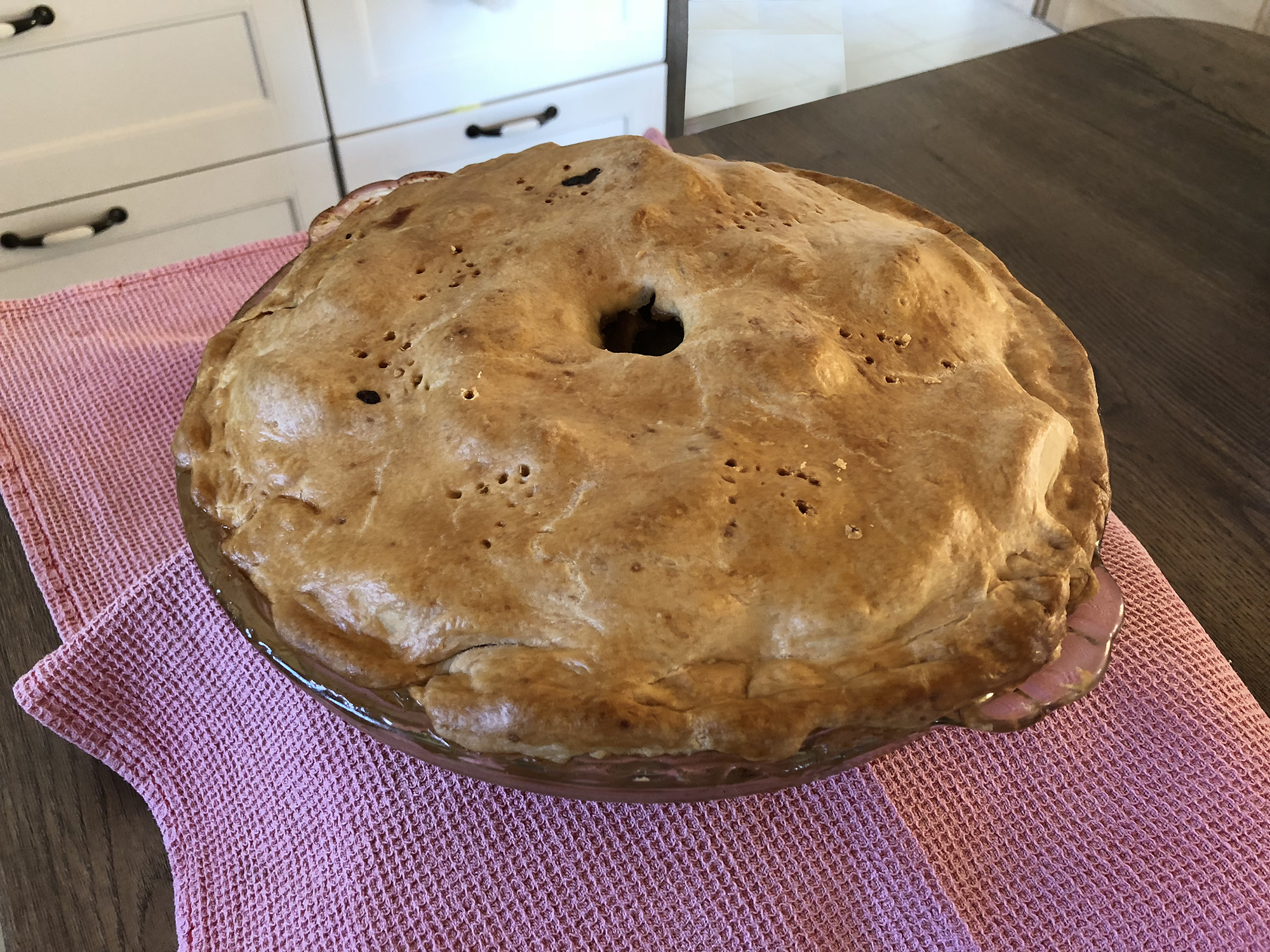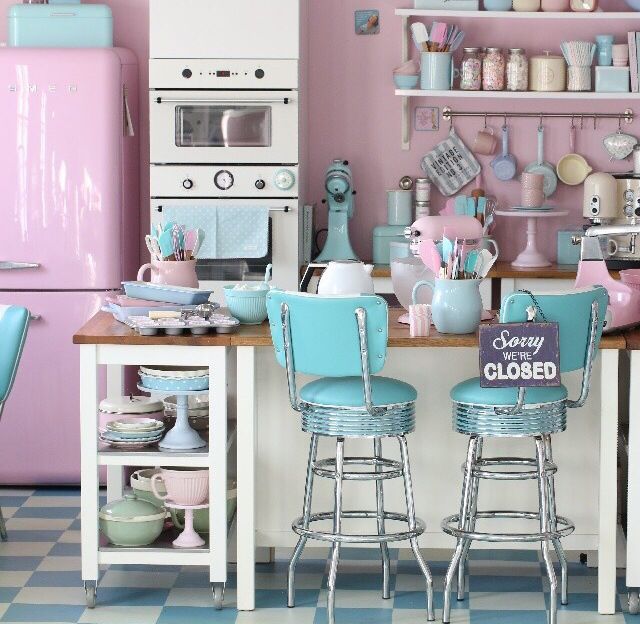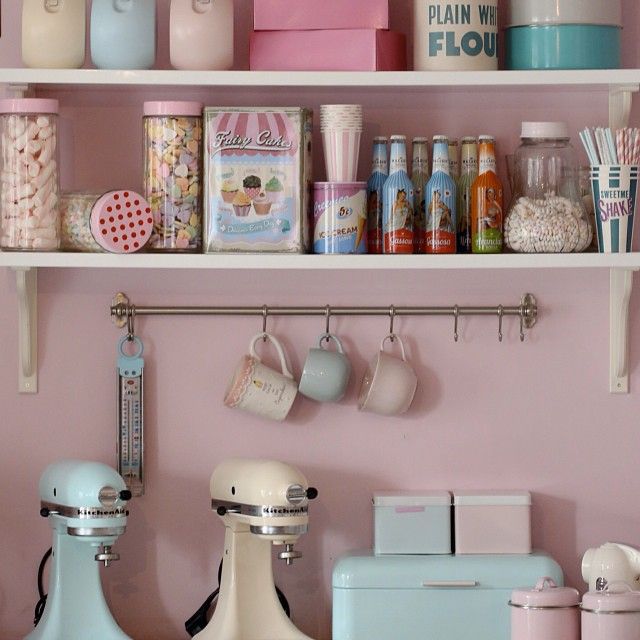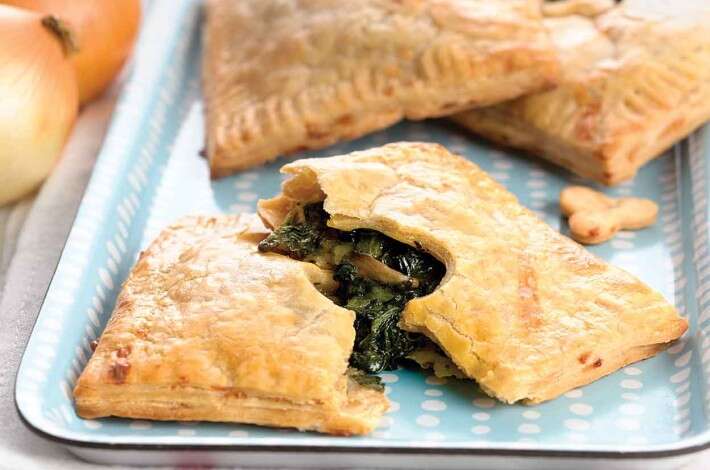
We recently purchased a huge batch of oyster mushrooms from Little Acre Mushrooms last week and given the fact that there isn’t a great deal else which we can be doing right now, we have been going through just about as many mushroom recipes as we could find. We both agreed at the moment that our favorite of the bunch is this delightful cheesy, mushroom and spinach puff pastry square, and I am telling you that it is just to die for.
I had previously been staying away from pastry given that I am not exercising as I used to, and refuse to come out of lockdown overweight. I have, however, given myself permission for this particular dish, because it is just too sumptuous to pass up. If you want to try something new in the kitchen, here is the recipe for these tasty little bites!
Ingredients
These are just the ingredients which I have used but you can of course play around with different varieties of mushrooms, different cheeses and you could even add a couple of additional herbs.
To make this you will need:
- 2 tbsp butter
- 12 oz mushrooms
- 4 cloves minced garlic
- 4 cups baby spinach
- ½ tsp salt
- ½ tsp black pepper
- 1 cup shredded cheese, we mixed cheddar with some hard mozzarella
- 1 puff pastry sheet
- 1 egg + 1 tsp water, whisk this up together
Let’s Get Cooking
1. First of all set the oven to preheat, I set mine to 400 degrees. Next up heat a skillet over a medium heat and get the butter in there to melt, once the butter reduces toss your mushrooms in and sauté for around 7 minutes, then add the garlic and sauce for another couple of minutes.
2. Once the garlic and mushrooms have softened, add the spinach and season with salt and pepper, the smell should already be whetting your whistle, allow of this to continue cooking for around 4 minutes.
3. Now it’s time to prepare the pastry, you could make this from scratch if you wish, but I always prefer to just buy the ready-made pastry sheets, a much easier option. Roll the pastry out and simply spoon the spinach and mushroom mix into the center, in a sausage shape. Once you have laid it all out, add your cheese to the top and wrap the pastry over the top, doing so from the top and bottom first, and then bringing the sides over.
4. Finally use your egg wash to coat the pastry packet which you have created, as this will give it a lovely color and texture when it comes out of the oven. I placed this into the middle shelf of the oven and left it for 20 minutes, before turning the heat up to 425 degrees and allowing it to cook for another 5 minutes. Depending on your oven, you may need less time so be sure to keep an eye on this so the pastry doesn’t burn.
5. Remove from the oven, slice into strips and indulge!

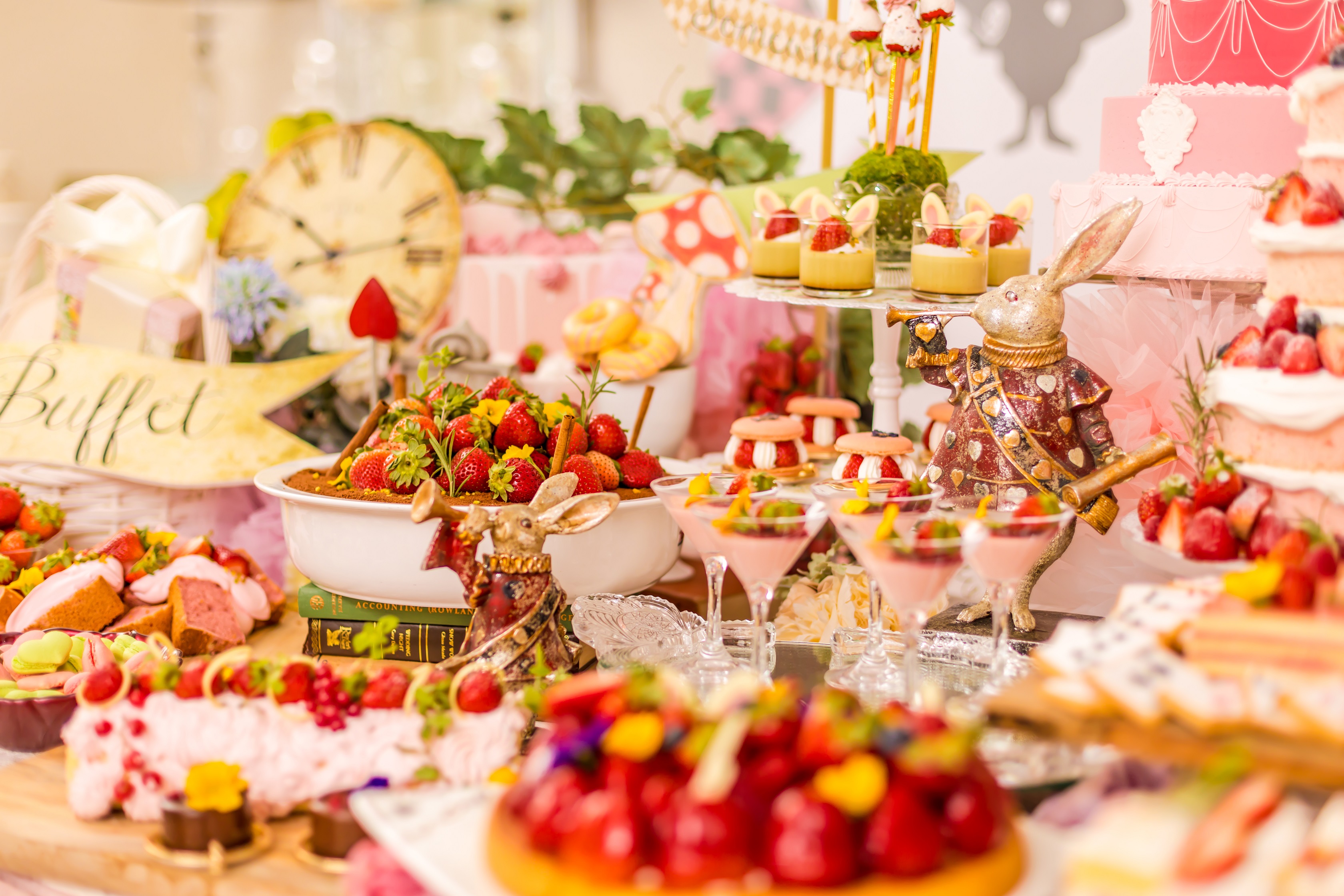
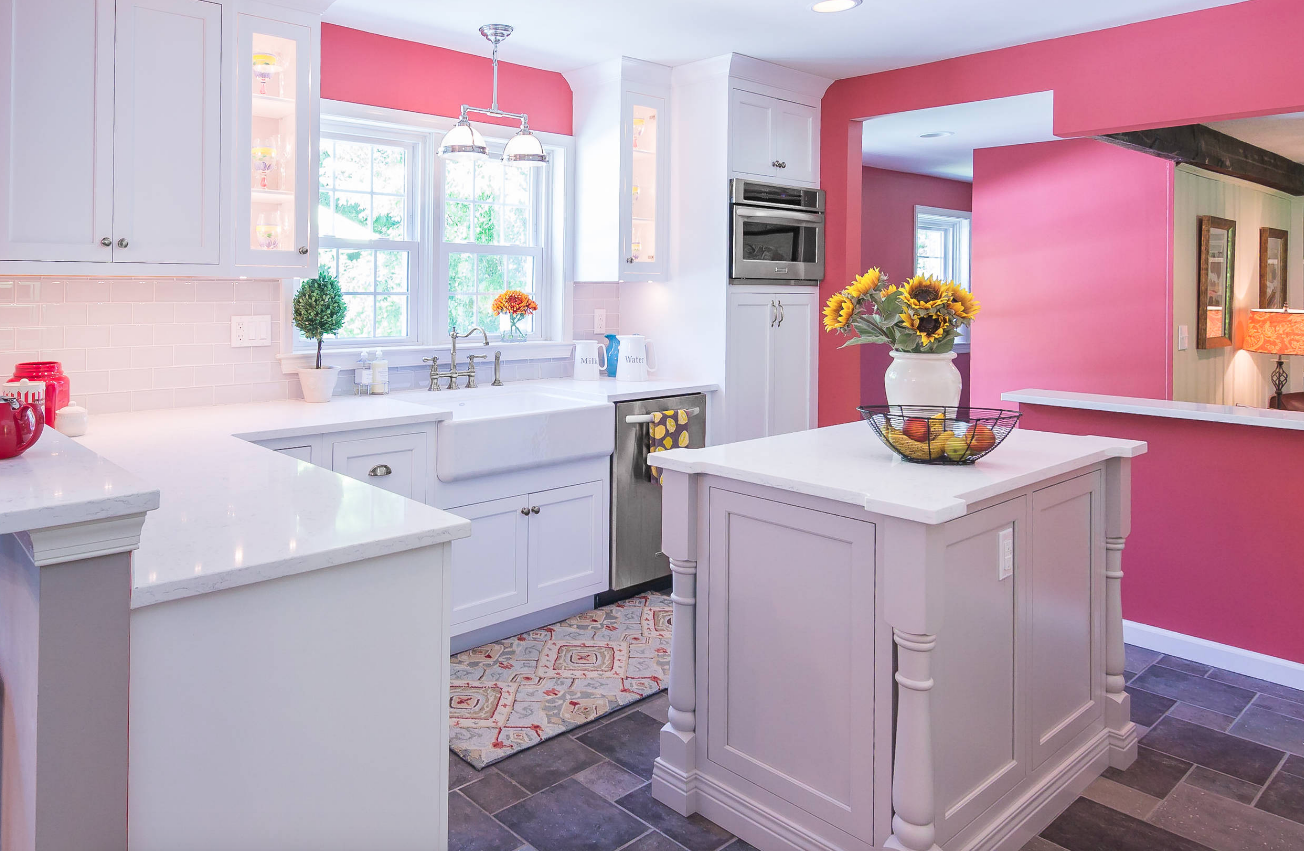 Photo By:
Photo By: 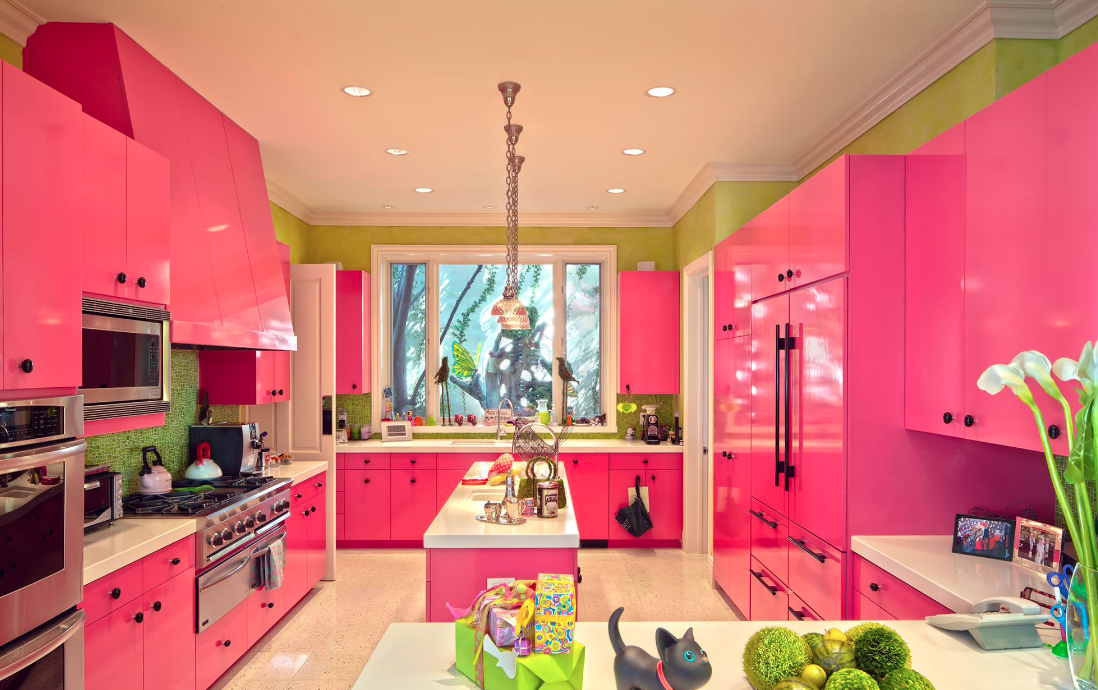 Photo By:
Photo By: 